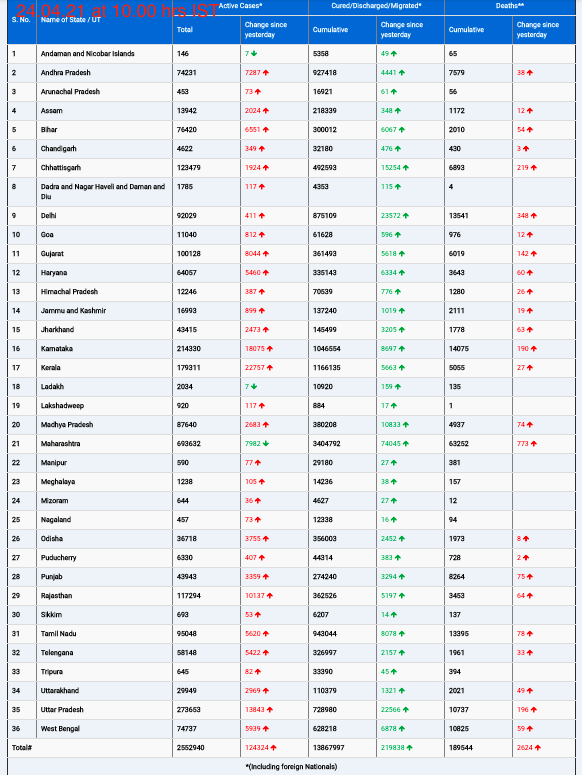A new national study strengthens the argument for the benefits of “walkable” neighborhoods, revealing that the built environment can significantly boost physical activity, specifically walking. The study, published in the American Journal of Epidemiology, examined the relationship between neighborhood design and walking habits by analyzing data from over 11,000 twins, controlling for family influences and genetic factors.
The results underscore a strong connection between the walkability of an area and the amount of walking its residents engage in. The study found that for each 1% increase in an area’s walkability, there was a 0.42% increase in neighborhood walking. When scaled up, this suggests that a 55% increase in neighborhood walkability could lead to a 23% increase in walking, or about 19 more minutes of walking per week for every resident. This could have significant public health implications in the U.S., where many individuals live sedentary lifestyles.
Glen Duncan, the study’s lead author and a professor of nutrition and exercise physiology at Washington State University, emphasizes the potential health benefits of simply increasing walking. “We have so many people in the U.S. population who don’t get sufficient activity. If we could shift the percentage of the population that just took on more plain old walking, we would see real health benefits,” he said. Duncan is also the director of the Washington State Twin Registry.
The study assessed neighborhood walkability using an index that considers factors like population density, road networks, and the availability of destinations such as parks, stores, restaurants, and coffee shops. The research found that the most walkable neighborhoods were typically urban areas, with Seattle’s Capitol Hill serving as a prime example. With its dense mix of shops, restaurants, and access to public transit, Capitol Hill residents are more likely to walk as part of their daily routine. In contrast, suburban and rural neighborhoods were less walkable, with residents often needing to drive to access amenities.
The study analyzed data from 5,477 twin pairs across the U.S. collected between 2009 and 2020. This data included information on where participants lived and how much walking they did in a typical week, whether for recreation, exercise, or daily tasks. Those living in more walkable areas consistently walked more, further emphasizing the link between neighborhood design and physical activity.
While the study also examined whether walkability influenced public transit use, the findings were less clear. Few participants in the study used public transportation, although living in a walkable neighborhood did reduce the likelihood of not using transit at all by 32%.
Interestingly, the study found no significant effect of walkability on more vigorous forms of exercise, such as running or weightlifting. The researchers note that such activities are not confined to a person’s neighborhood, and people may engage in vigorous exercise outside their immediate area, such as biking or using a gym.
Duncan stressed the value of walking as an accessible and effective form of physical activity. “You don’t have to spend loads of money on fitness clothing and the best gear. Walking is a very natural thing. You just lace on some shoes and head out the door,” he said.
The findings of this study have significant implications for urban planning and public health, suggesting that increasing walkability in neighborhoods could help address the nation’s growing health concerns.
In addition to Duncan, co-authors of the study include researchers from the University of Washington, University of Southern California, University of Virginia, Columbia University, and Washington State University.
For more details, the full study is available in the American Journal of Epidemiology (2024).












